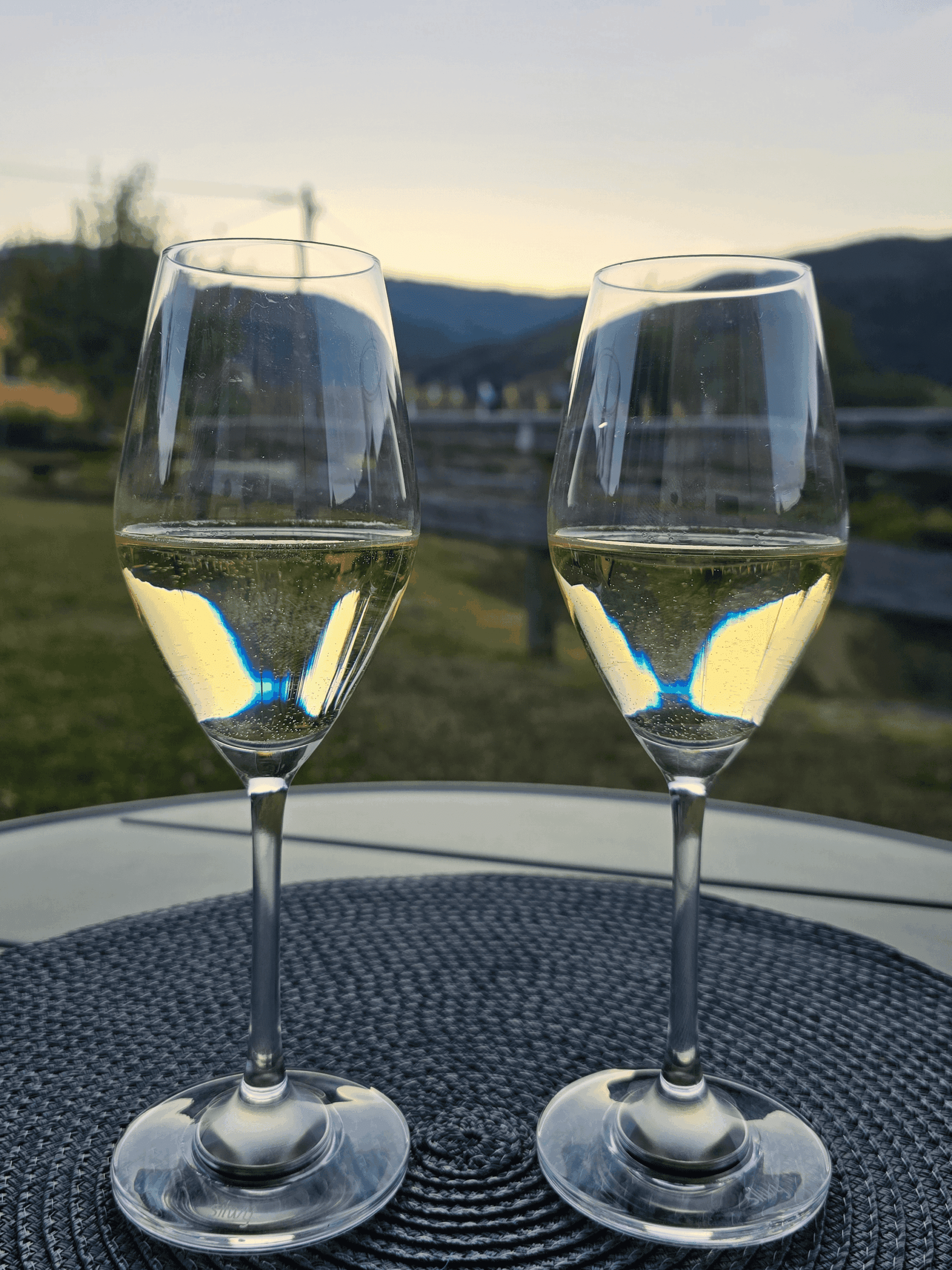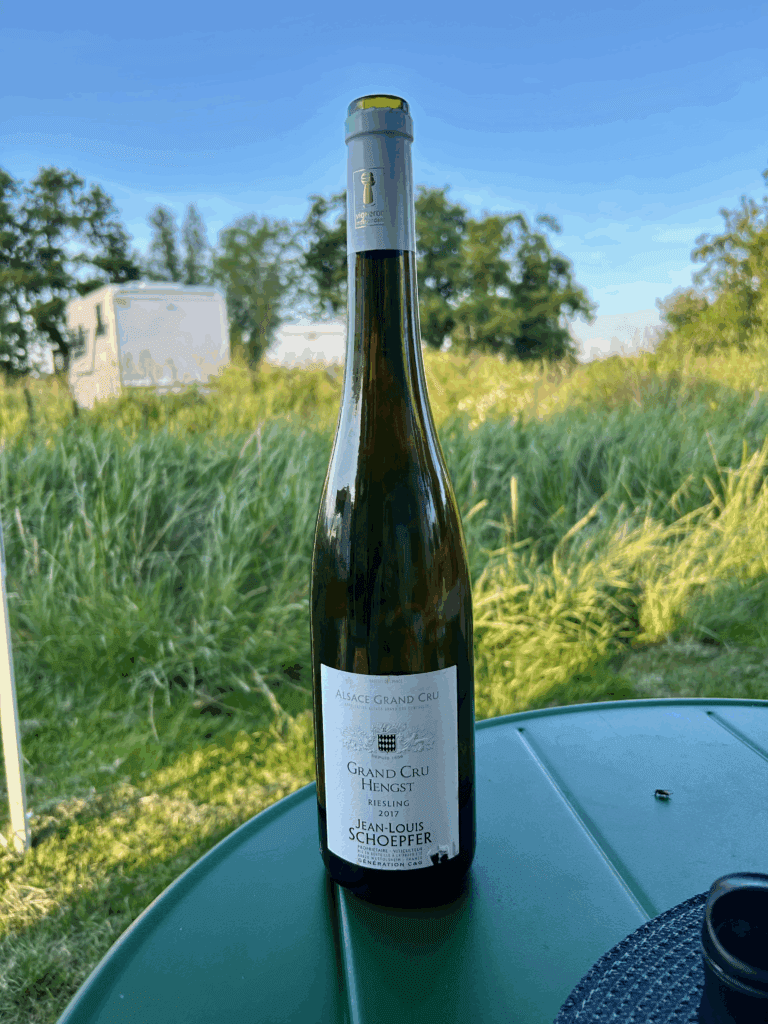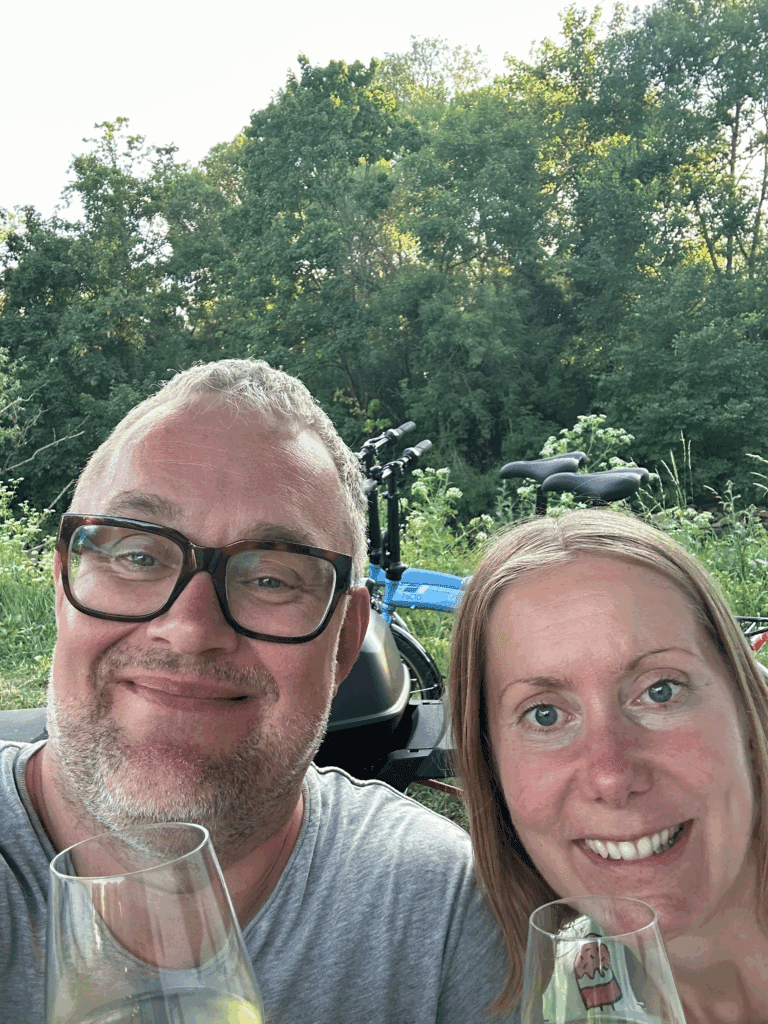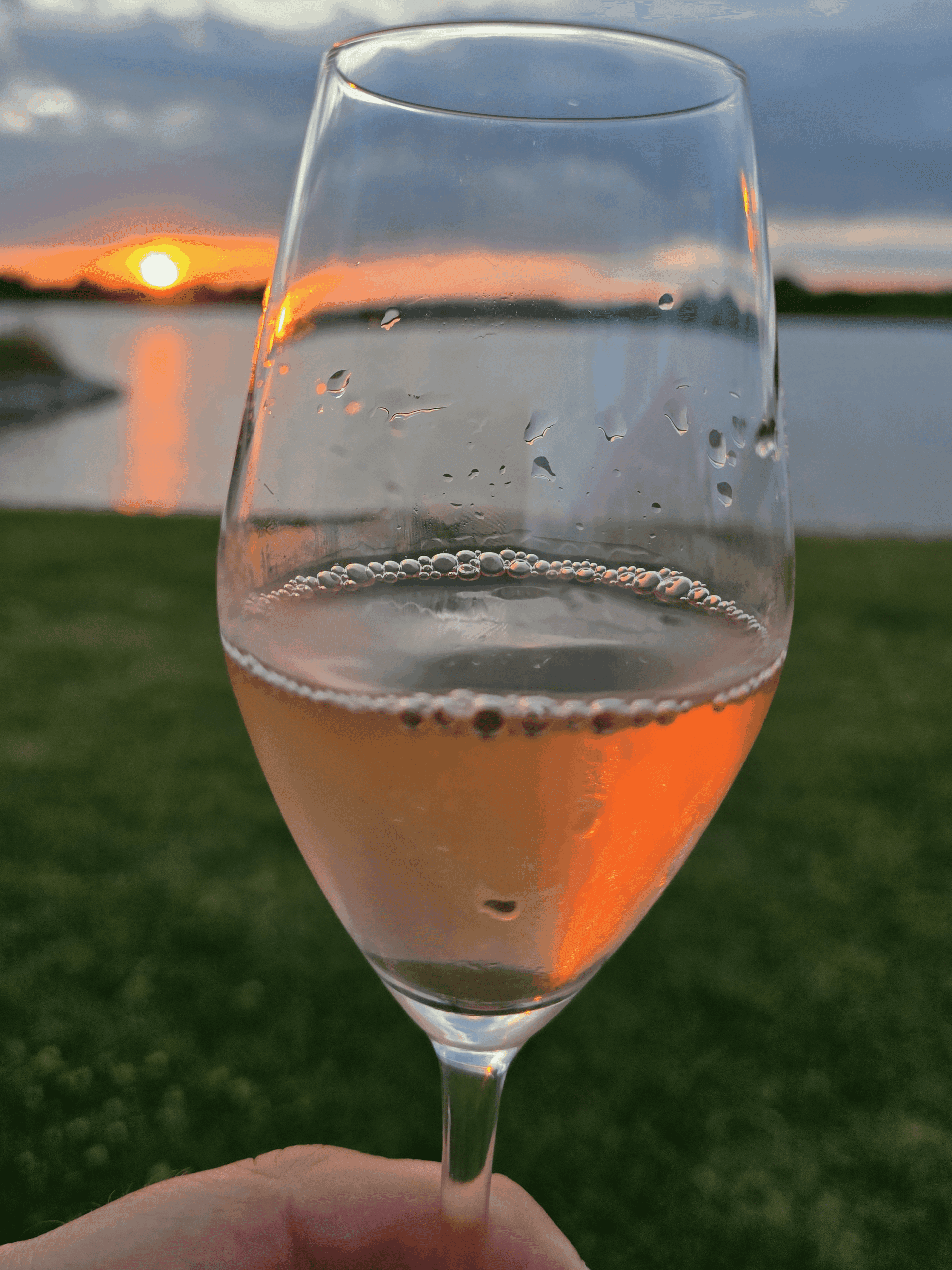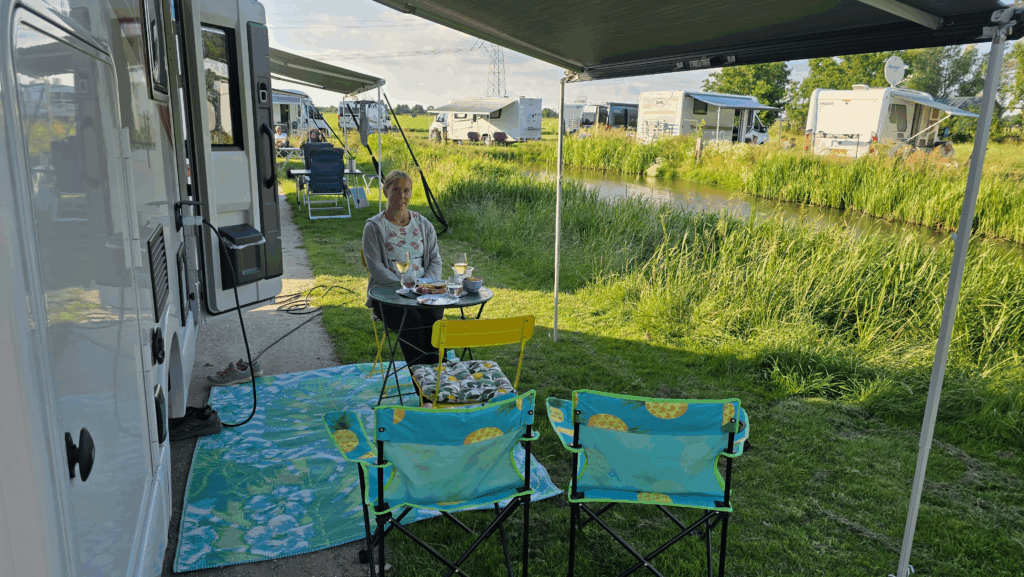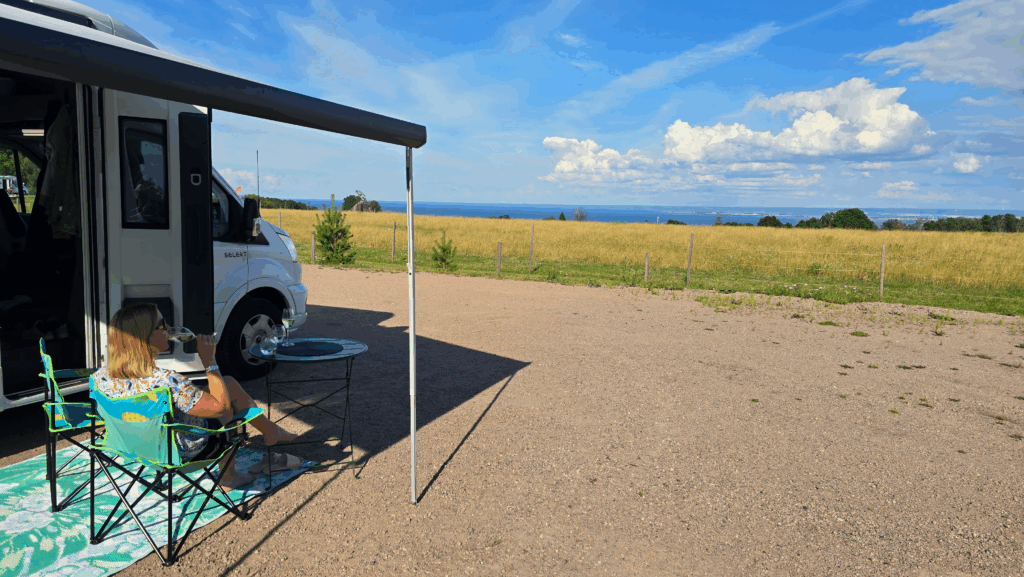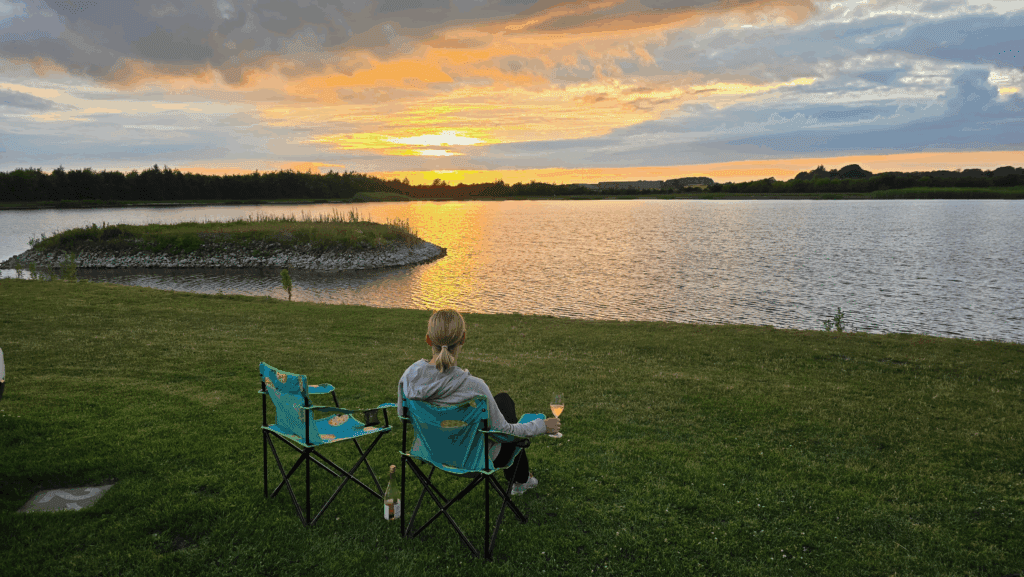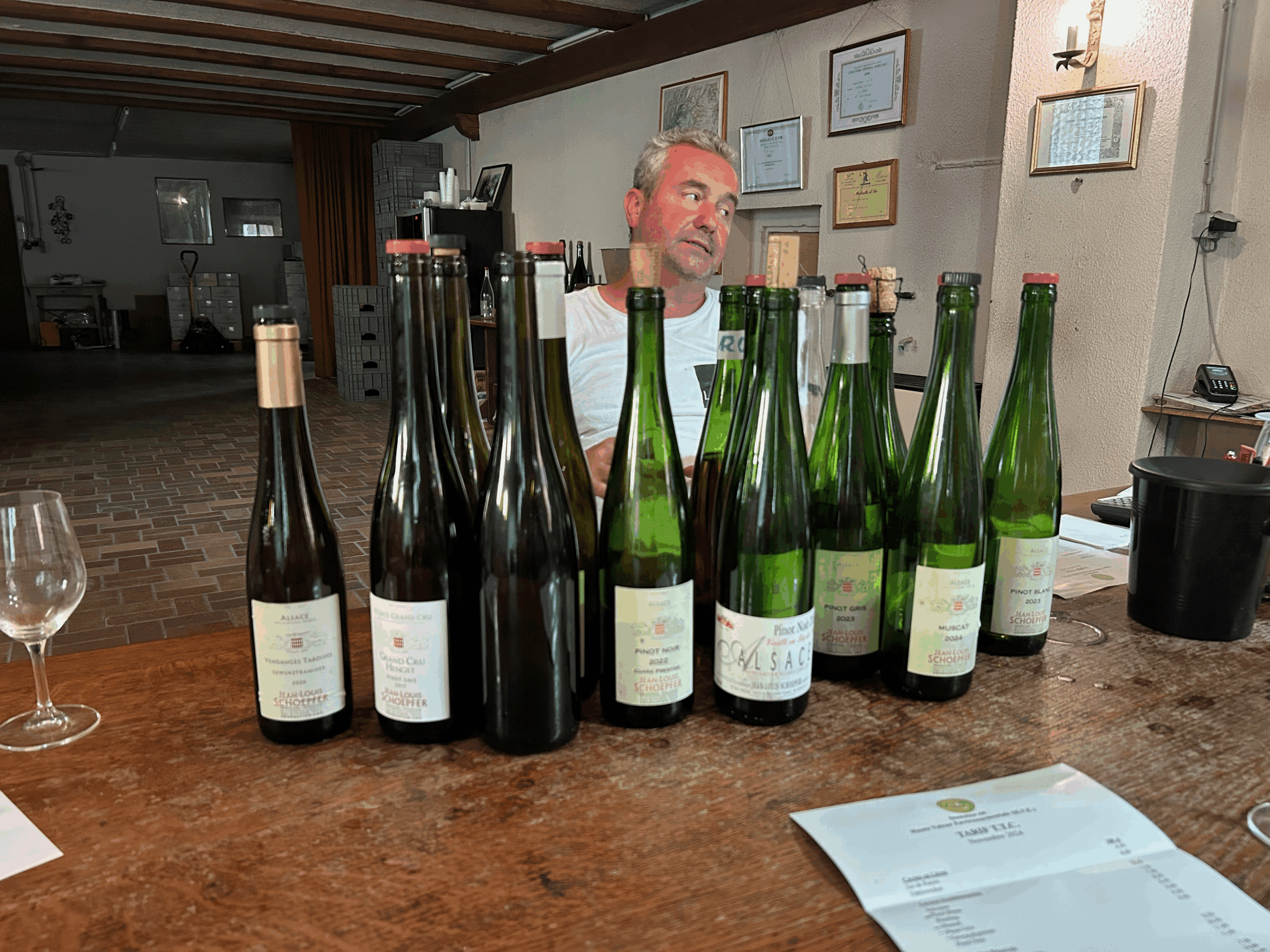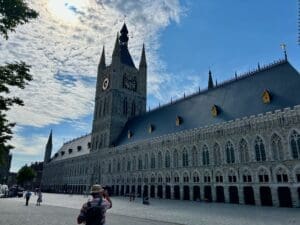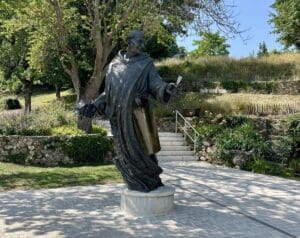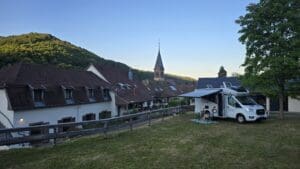Background and history
Yes, it's easy to believe it as all these cosy half-timbered houses look like something out of a Christmas story. In fact, most of Alsace is about wine so a more accurate description is that all the houses are filled with wine producers.
Once the Romans had defeated the Germanic tribes, they began to build the things needed to civilise the area and one of these things was, of course, wine. At the time, transporting wine was complicated because it was stored in amphorae made of clay, which were neither very durable nor able to maintain the right temperature. We are now around 50 years BC, so wine has been made here for more than two thousand years.
After the fall of the Roman Empire, the Alemanni moved into the area and many of the people living here today are descended from them. This also explains why the Alsatian they speak is more closely related to Swiss German rather than Standard German.
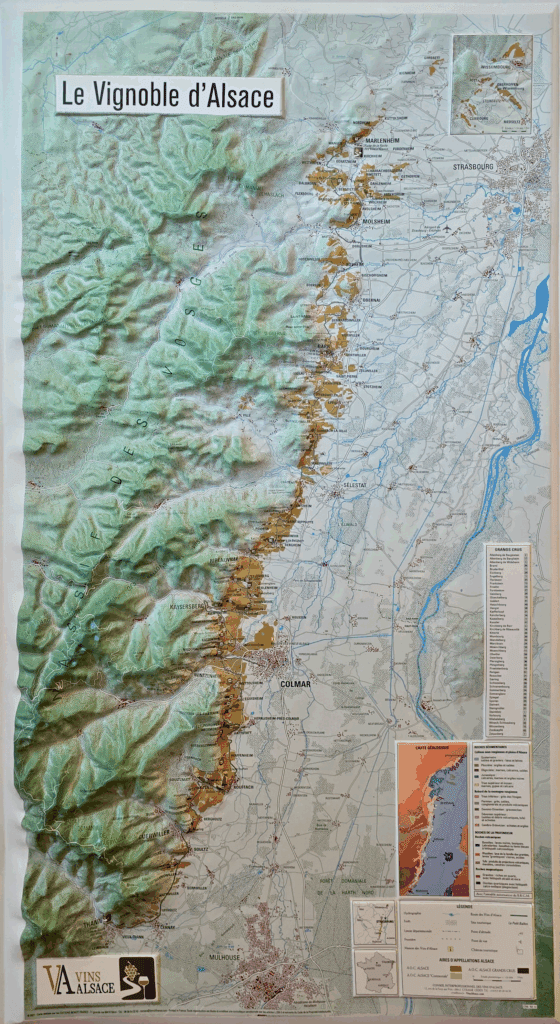
Wine production
However, the scale of production has increased somewhat since Roman times and today grapes are grown on no less than 15500 hectares, i.e. just over 22,000 football pitches or as if the whole of Liechtenstein were one large vineyard. There are almost 4,500 winegrowers in the area, of which around 2,000 cultivate an area of more than two hectares. The most common grapes are Riesling, Pinot Blanc and Gewürtztraminer, which account for just over 60%, but there are also many other varieties in the area.
From all these grapes, 160 million bottles are produced, of which about 30 million are Crémant d'Alsace, the bubbly variety... 😉 The latter is being produced more and more every year, as demand is growing faster than for wine.
As you can see on the map above, it is mainly grown along the Vosges Mountains, the mountain range that runs through almost all of Alsace. Note also the 51 areas marked in black that are cultivations of Alsace Grand Cru, which is a strictly controlled designation of origin awarded by the Appellation d'Origine Contrôlée (AOC). Of course, this is no guarantee that the finished wine will be good, but it can still be said that they maintain a high minimum level.
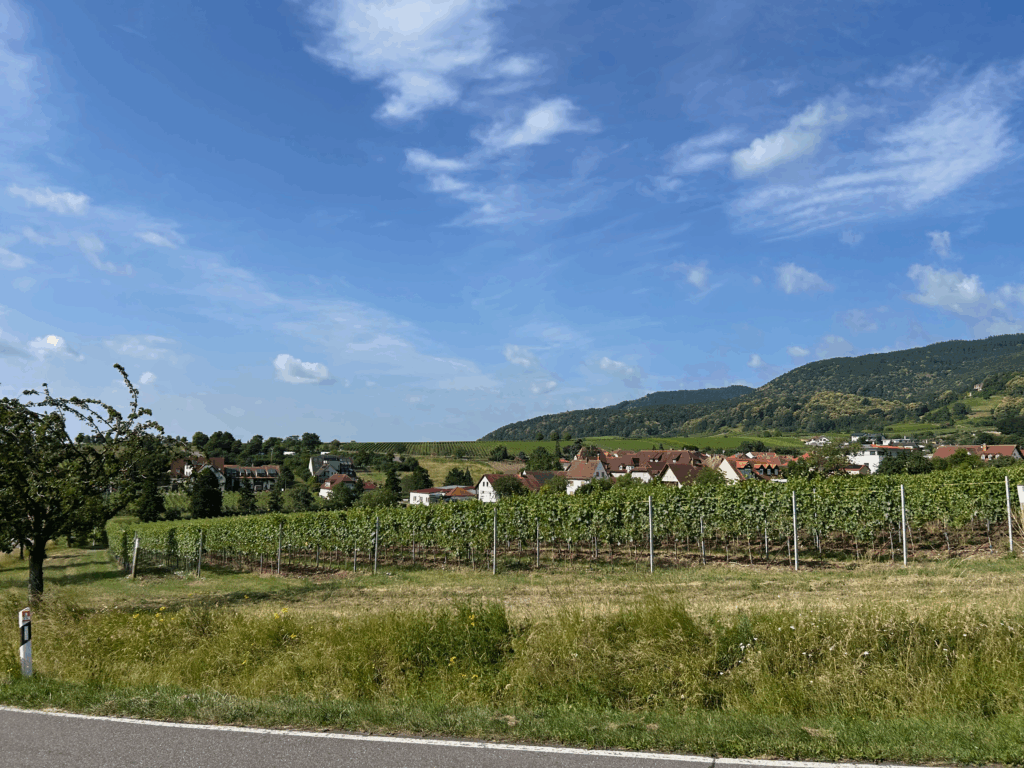
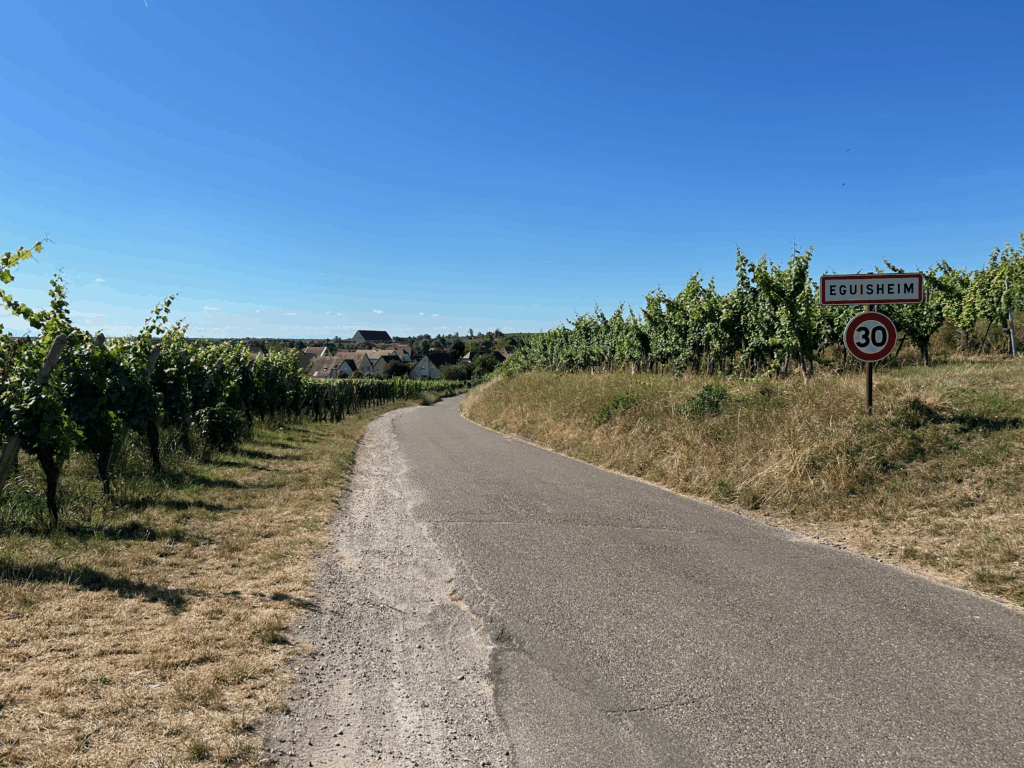
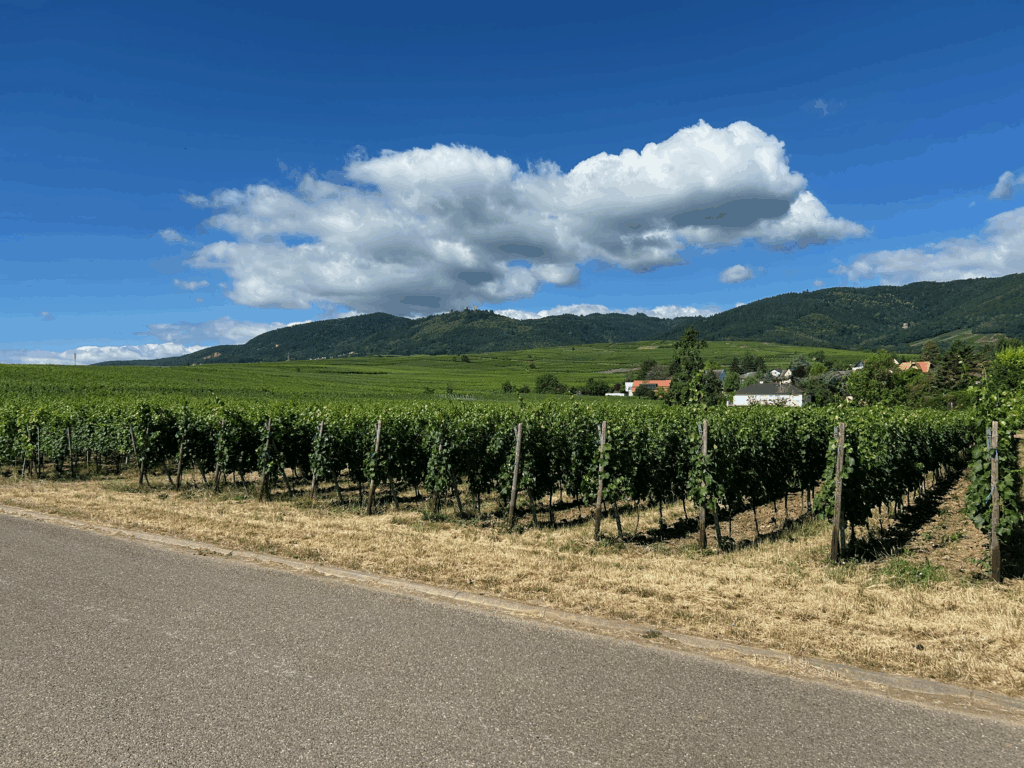
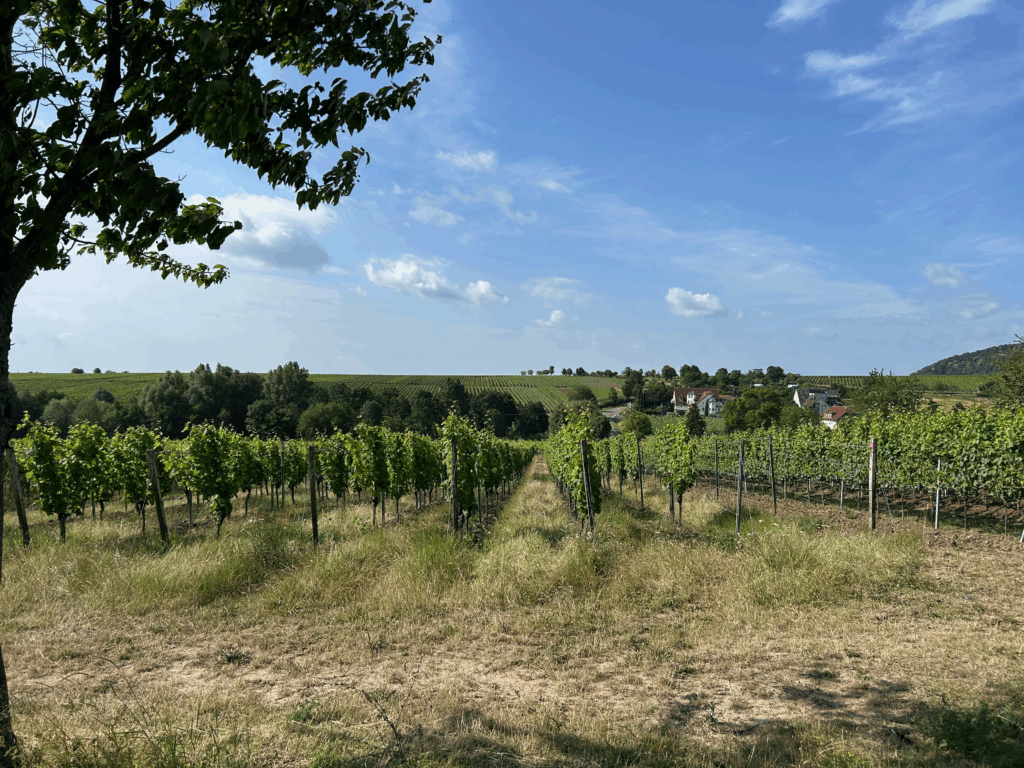
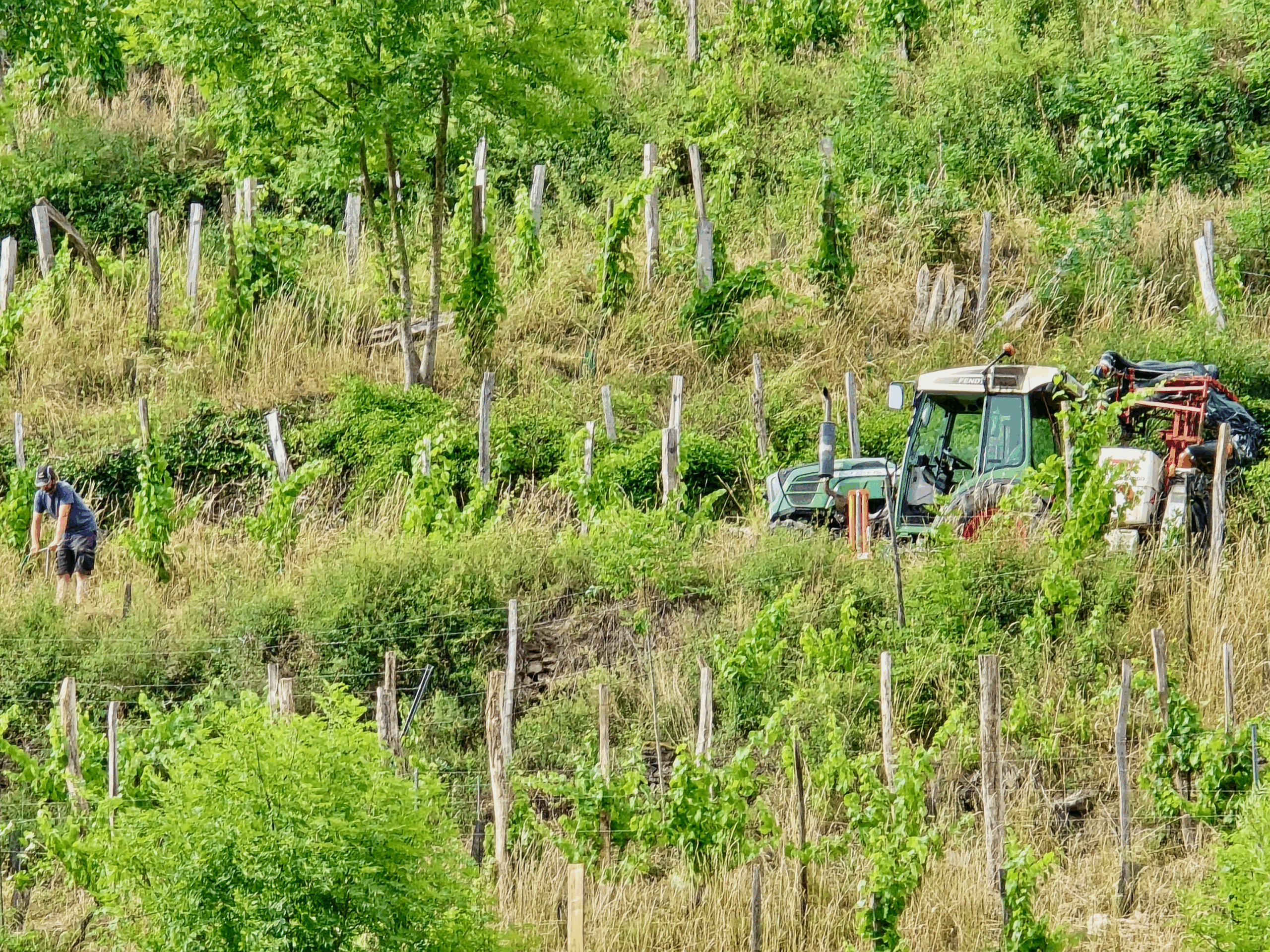
Wine tasting
Although we didn't come here for the wine alone, it was one of the main reasons. There are many ways to experience wine and as the range in Alsace is absolutely huge, you can afford to be a little picky. However, be sure to check if you need to book in advance as some are booked several weeks in advance while others are only open when the winemaker is not in the fields, which is usually in the evening. On the tourist streets, it is rarely a problem to find places that you can just stroll into, but in the lesser-known villages or out in the countryside, it can be good to call and check before you turn up. Here is a small selection of the experiences we tried.
Showrooms are the most common, and almost all producers have them in some form. It can be anything from a leftover room where they set up some packing crates to sit on to super luxurious and modern rooms with employed experts. In the towns that get a lot of tourists, they are everywhere, while in the lesser-known villages you have to go to the producer's farm or production facility. Here are a few examples from Dopff and Jean Sipp.
Another option is to go to a "real" tasting where you have someone leading the participants through the tasting. This can be led by anyone from sommeliers to winemakers where the former is often more theoretical and professional while the latter is often more personal and genuine. Of course, it varies a lot from person to person, but in general I think you can make such a distinction. Keep in mind that these tastings almost always need to be booked in advance. A very nice variant is to taste wine in combination with food or delicacies. Personally, I prefer this as it adds another dimension to the wine. There are also many wines that need a snack to come into their own.
We were lucky when we had to jump in a little quickly and look at the premises of Marcel Deiss. It was closed for lunch when we arrived and before us stood a couple with whom we stood and chatted for a while. They were nice and we thought that they are wine tourists like everyone else. Once the place opened, the staff were lined up and we reacted to the fact that it was a very formal greeting but we then went to where they were and introduced ourselves in the same way. Then began a tasting of VERY nice wines that were of a calibre you only read about and definitely outside our budget. We did get an explanation for the commotion. The people we were talking to were wine importers from South America and they had booked a slightly more exclusive tasting before a larger purchase. I think they realised that we didn't come together, but at the same time it would have been strange if we weren't offered the same selection. It's all about timing... 😉
From what I understand, however, they have very nice tastings even if you don't have our flow. However, they need to be booked a few weeks in advance and are a bit more expensive than regular tastings. Perhaps I should clarify that I mean more expensive than most in Alsace, as they are often free with smaller producers and among the larger ones often a symbolic sum. Note, however, that in the places that focus a lot on tourist buses, the price is the same or even higher than in Sweden.
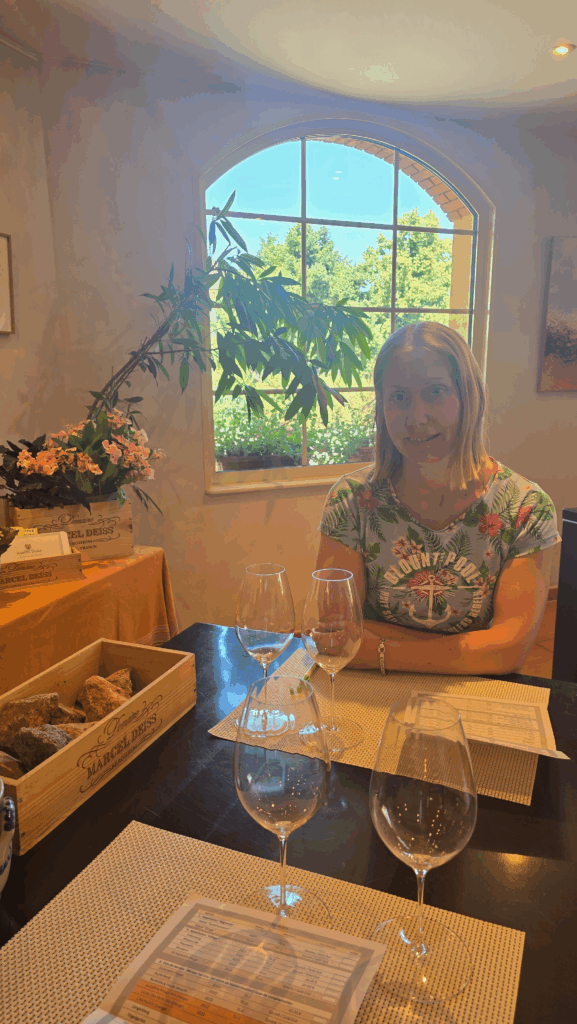
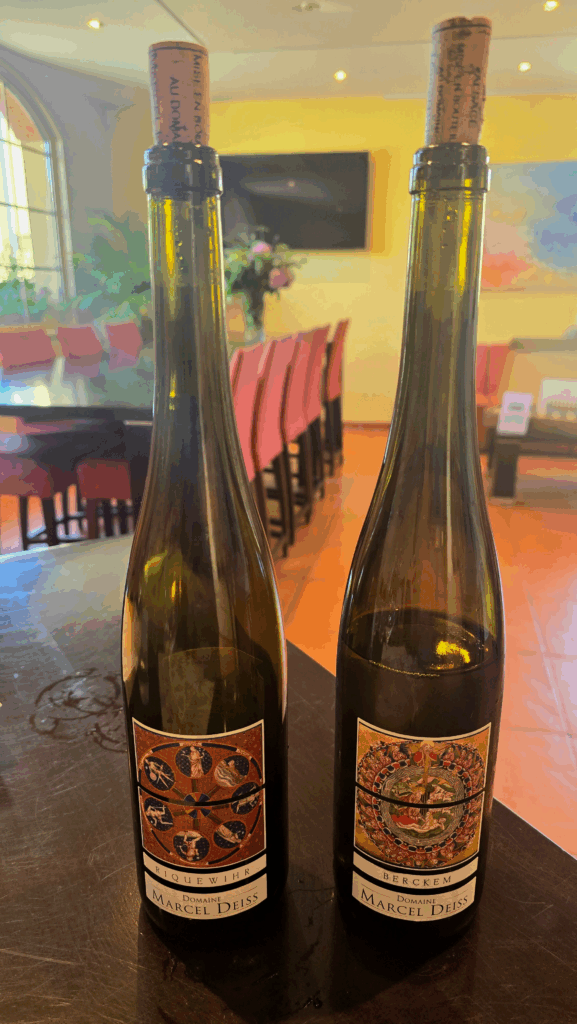
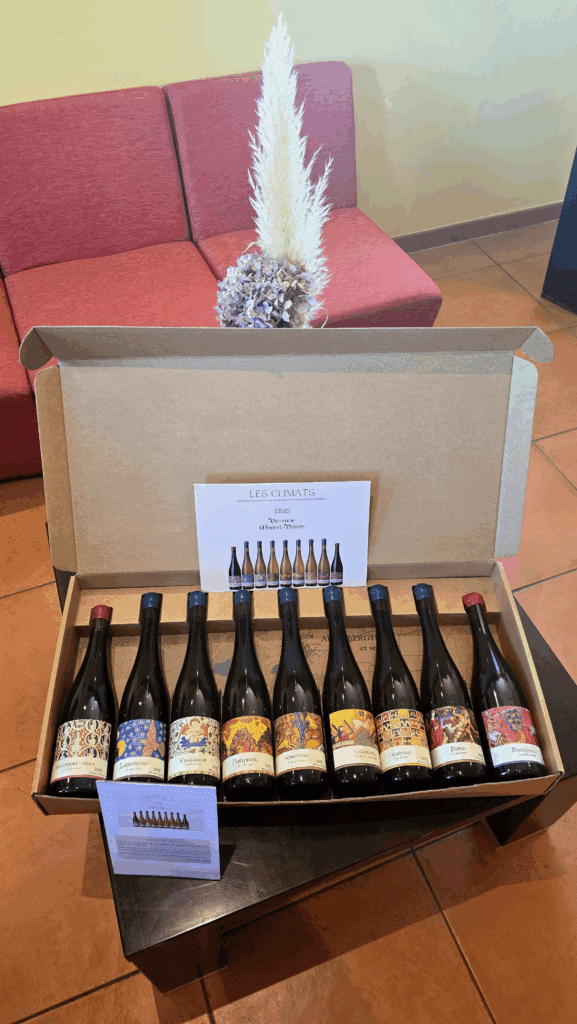
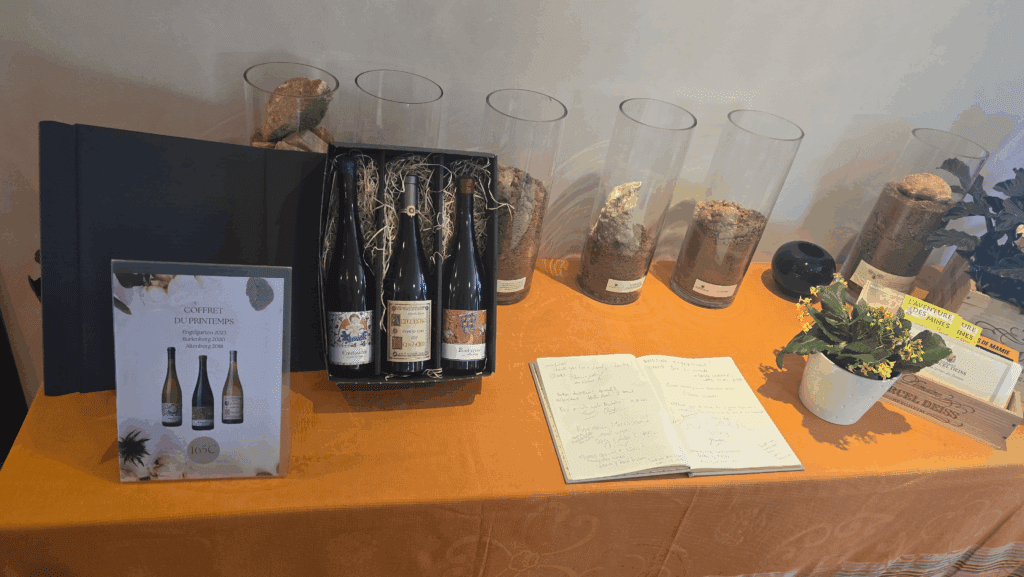
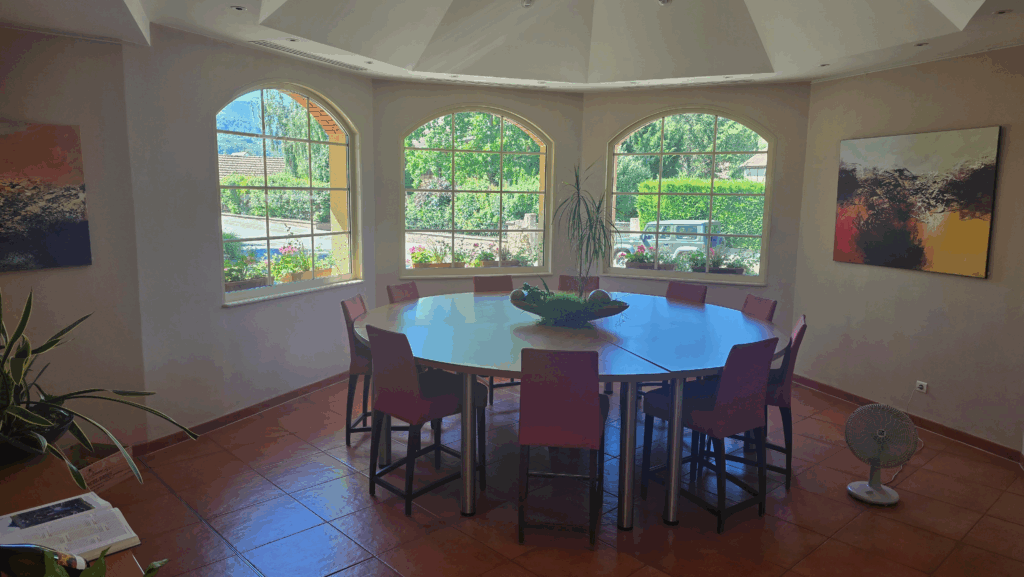
Something that is also common is various forms of tours of the vineyards and production. If you have not done it before, I can really recommend it as it gives an interesting insight into the winemaker's everyday life. However, they are often similar in their approach, so the tip is to book one or two because otherwise it can get a little boring.
We had an incredible vineyard tour and tasting at Jean-Louis Schoepfer in Wettolsheim. The reason we ended up there was because they offer pitches at their winery and when we got there they asked if we wanted to taste their wines as well. It turned out to be one of the best experiences of the whole trip. Not only did he guide us through no less than fifteen of his best wines, he also told us very interesting family stories. His family has been producing wine on the farm for thirteen (!?!) generations and he had lots of dramatic events to tell us about, including how they have been affected by the countless changes of nationality of the area. We didn't know the producer beforehand, but afterwards we realised that many restaurants in the region served his wine and he is also mentioned in several wine books. That says a lot as there are thousands of producers in the area. Here is a short clip from the training.
There are also plenty of guided tours from various companies that can be an alternative. Perhaps the biggest advantage is that they often include transport, which makes it easier when drinking wine. No one ever looks at you sideways if you choose to spit but I find it difficult to get the same experience if you do. The downside of this type of activity is that you cannot choose who is on the tour. If you are lucky it is a great group but if you are unlucky it can affect the experience negatively. Another aspect is to get a guide at the right level, not too advanced and not too easy. A tip can be to google a little on the company that organises the tour so that you really get what you expect.
Finally, there are all the other forms of wine experiences. There are wine bars, wine shops, wine clubs and lots of other varieties. What's more, there is probably not a single restaurant in the whole of Alsace that doesn't have a wide range of locally produced wines.
Some of the villages we visited in Alsace
Since my dear wife chose to rate the villages, I do not want to be worse. In my case, however, I have skipped the storks and instead put one to five winemakers in the rating... 🙂
Note that the rating reflects the experience rather than the wine itself, which we hope won't upset the wine experts too much. In addition, we like independent producers who think small and who, despite small means, still manage to create something unique. This is in stark contrast to the larger ones, which are often more touristy and crowded, where much is about marketing a product. In Alsace it may not be as obvious, but in Champagne, which we will write about later, the difference is huge.
If you want to read more about the villages themselves, they are described in our previous post which you can find here.
Andlau
No less than three Grand Cru, Kastelberg, Muenchberg and Wiebelsberg. This village is probably the definition of what we like in winemakers. Small scale largely due to the fact that the village is sandwiched between mountains and therefore only has 86 hectares available for cultivation. Personalised as it's the same people who welcome visitors and work in production. Complex geology that helps to create unique wines and flavours that you really don't expect. Home to some of Alsace's best winemakers including Rémy Gresser, Guy Wach and Marc Kreydenweiss.
Rating:👨🏻🌾👨🏻🌾👨🏻🌾👨🏻🌾👨🏻🌾
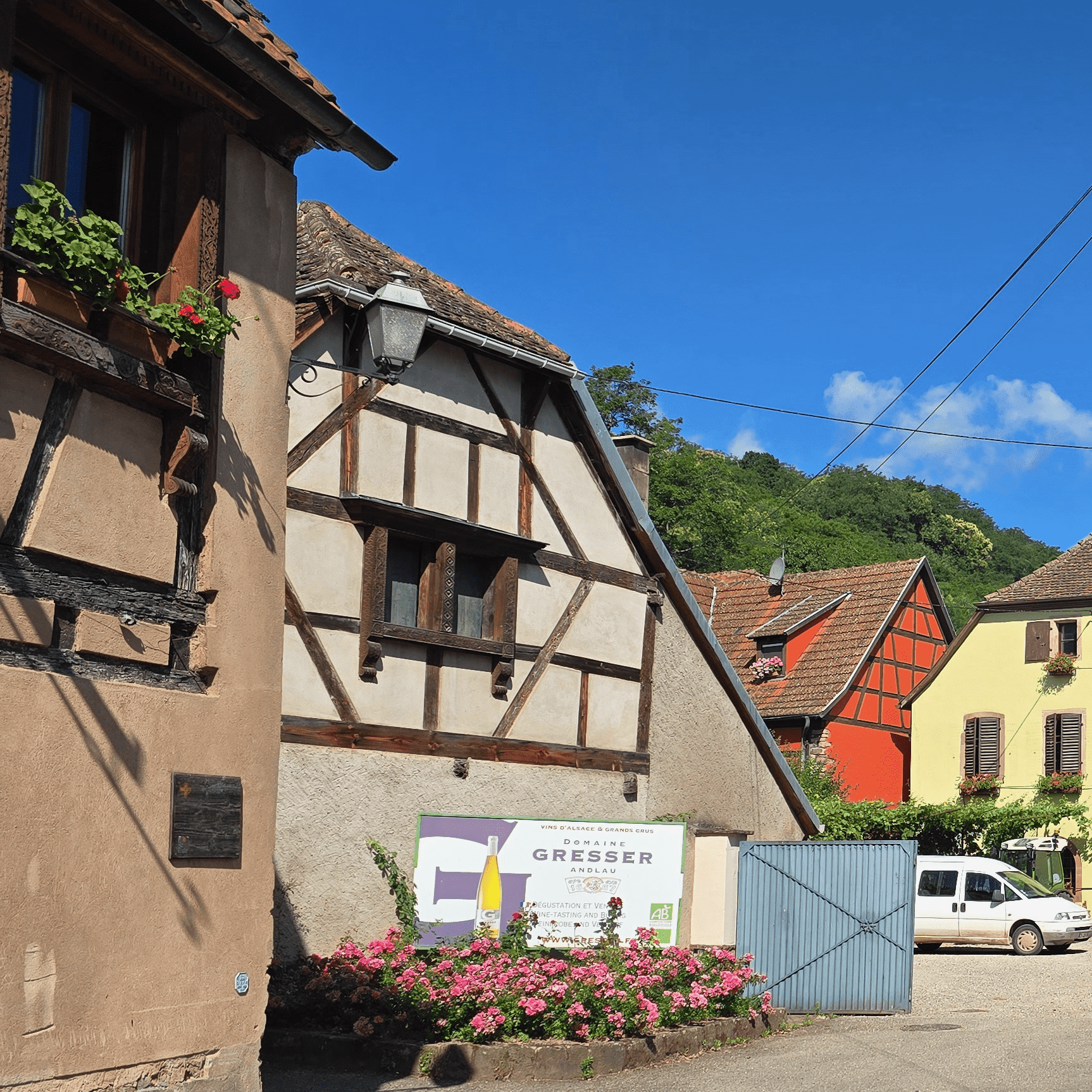
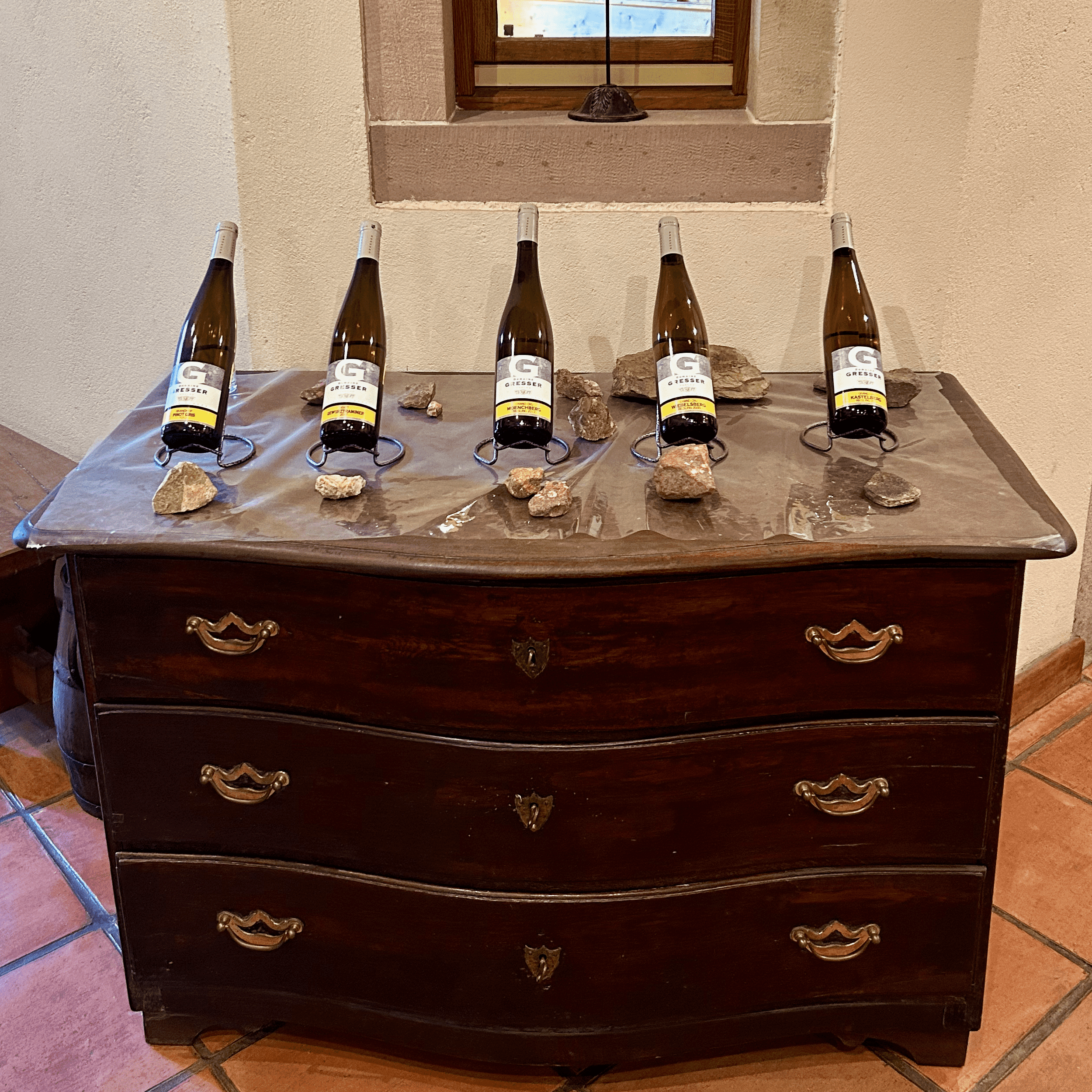
Bergheim
Two Grand Cru, Altenberg de Bergheim and Kanzlerberg. They also have talented producers such as Marcel Deiss, Sylvie Spielmann, Gustave Lorentz, Georges et Claude Freyburger Louis Freyburger, Emile et Yvette Helbeisen, and many more. Getting an extra "pawn" because Altenberg is one of the most sought after Grand Cru's in all of Alsace.
Rating: 👨🏻🌾👨🏻🌾👨🏻🌾👨🏻🌾+👨🏻🌾
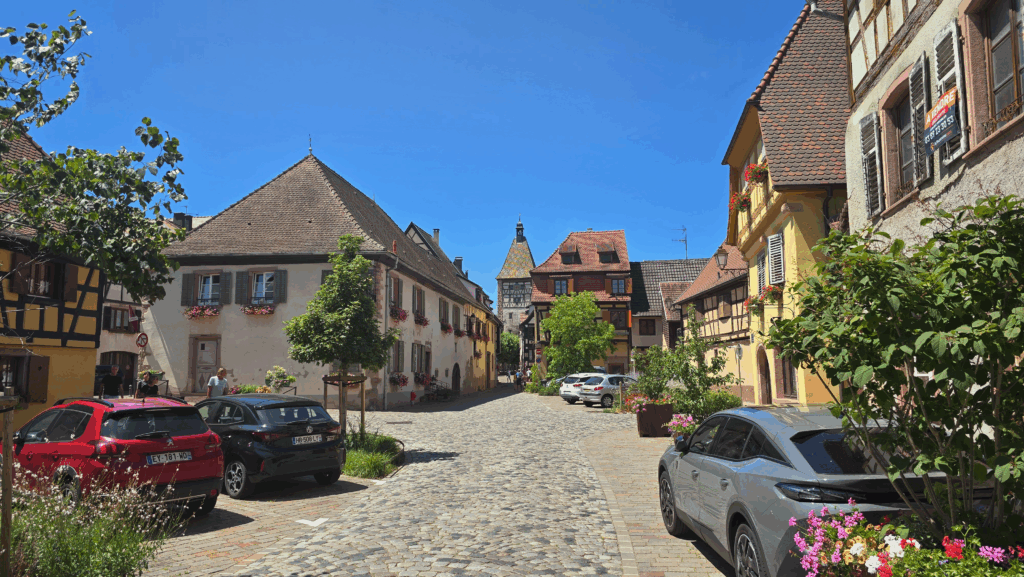
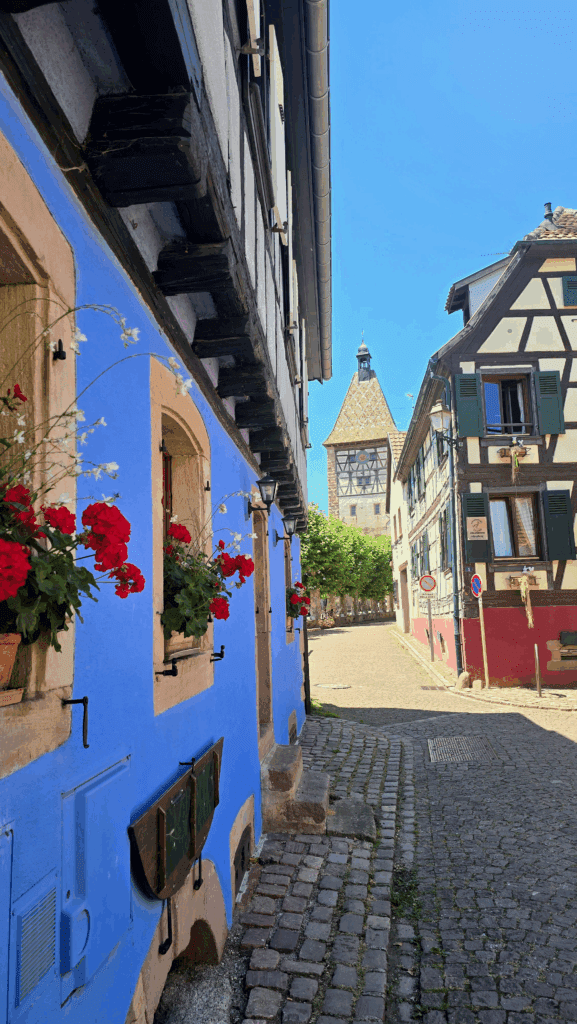
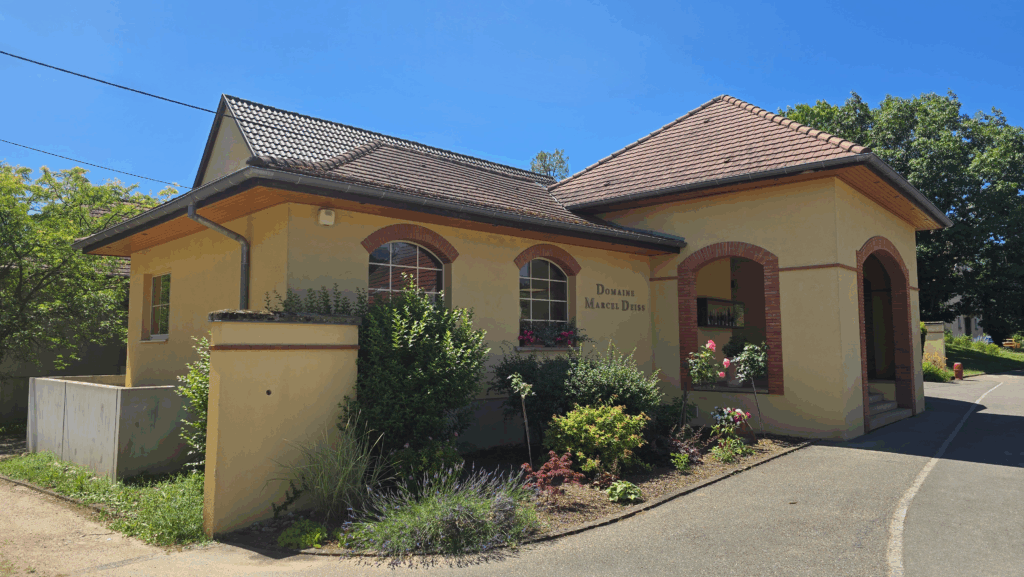
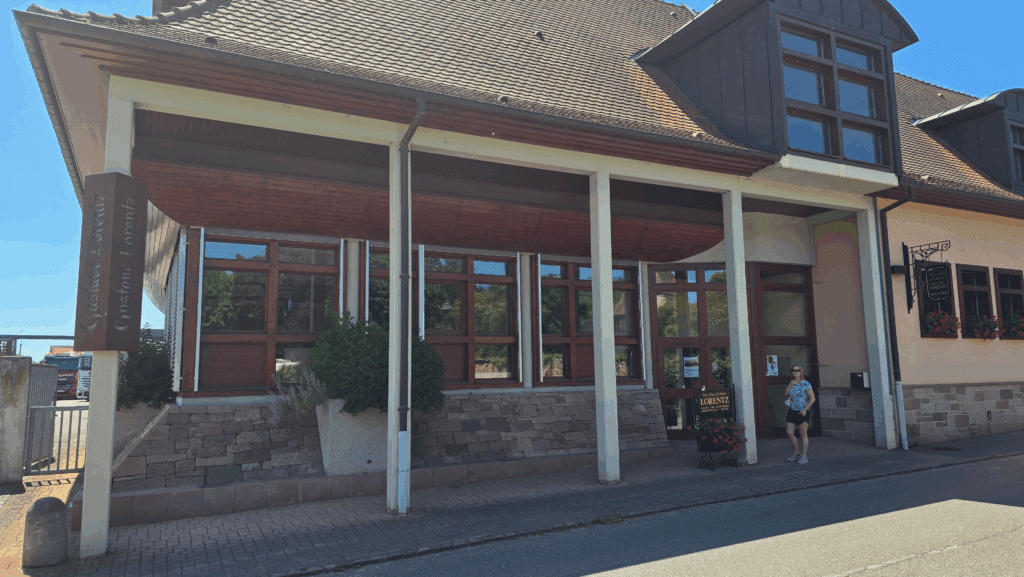
Equisheim
Two Grand Cru, Pfersigberg and Eichberg, which they share with Husseren-les-Chateaux. Over thirty winegrowers but perhaps not so many known outside Alsace.
Rating: 👨🏻🌾👨🏻🌾
Obernai
Maybe a bit unfair that we give this cosy town a one as we spent such a short time there. However, we didn't see a single wine producer and most of it seemed to be focused on German food and beer.
At the same time, I must admit that the grade may have been affected by the fact that I played mechanic for two hours and it was not optimal conditions as it was almost 40 degrees hot. After that session, I wasn't super keen on wine experiences... 😛
Rating: 👨🏻🌾
Ribeauvillé
Three Grand Cru, Geisberg, Kirchheim and Osterberg. The most recognised producers are Trimbach, Kientzler, Robert Faller, Clé de Sol and Kuentz-Bas. The town does not have as many producers as many of the other villages, but those that do exist are of a very high standard. Got an extra "farmer" because Trimbach is here, which is perhaps Alsace's most influential wine house.
Rating: 👨🏻🌾👨🏻🌾👨🏻🌾+👨🏻🌾
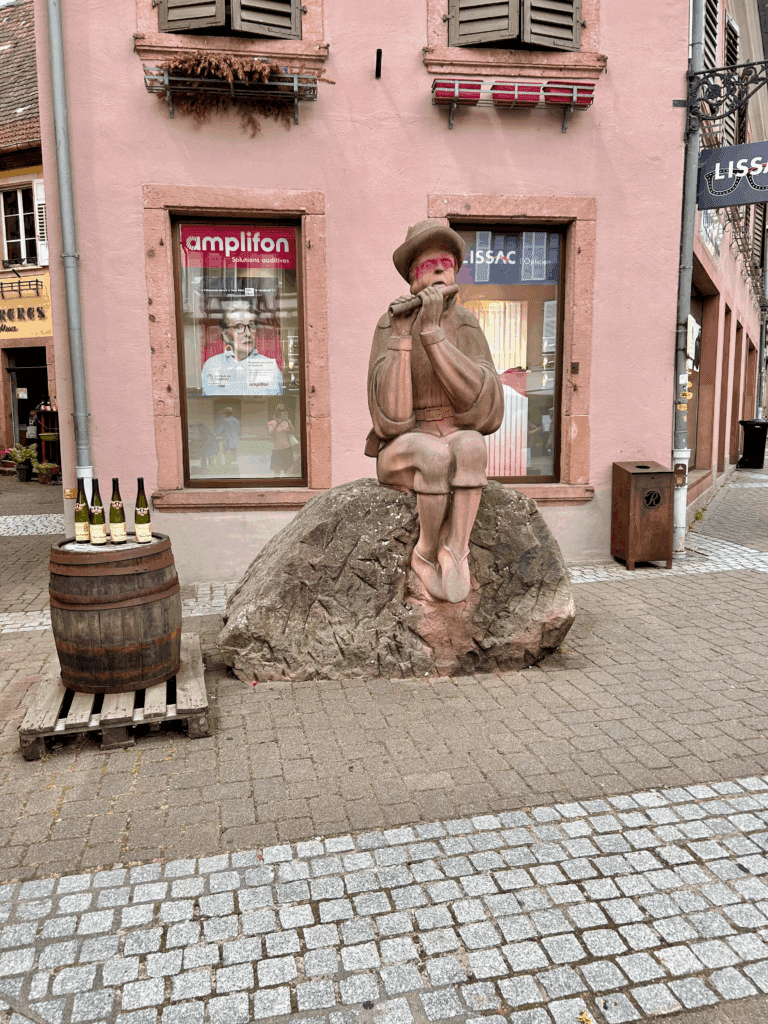
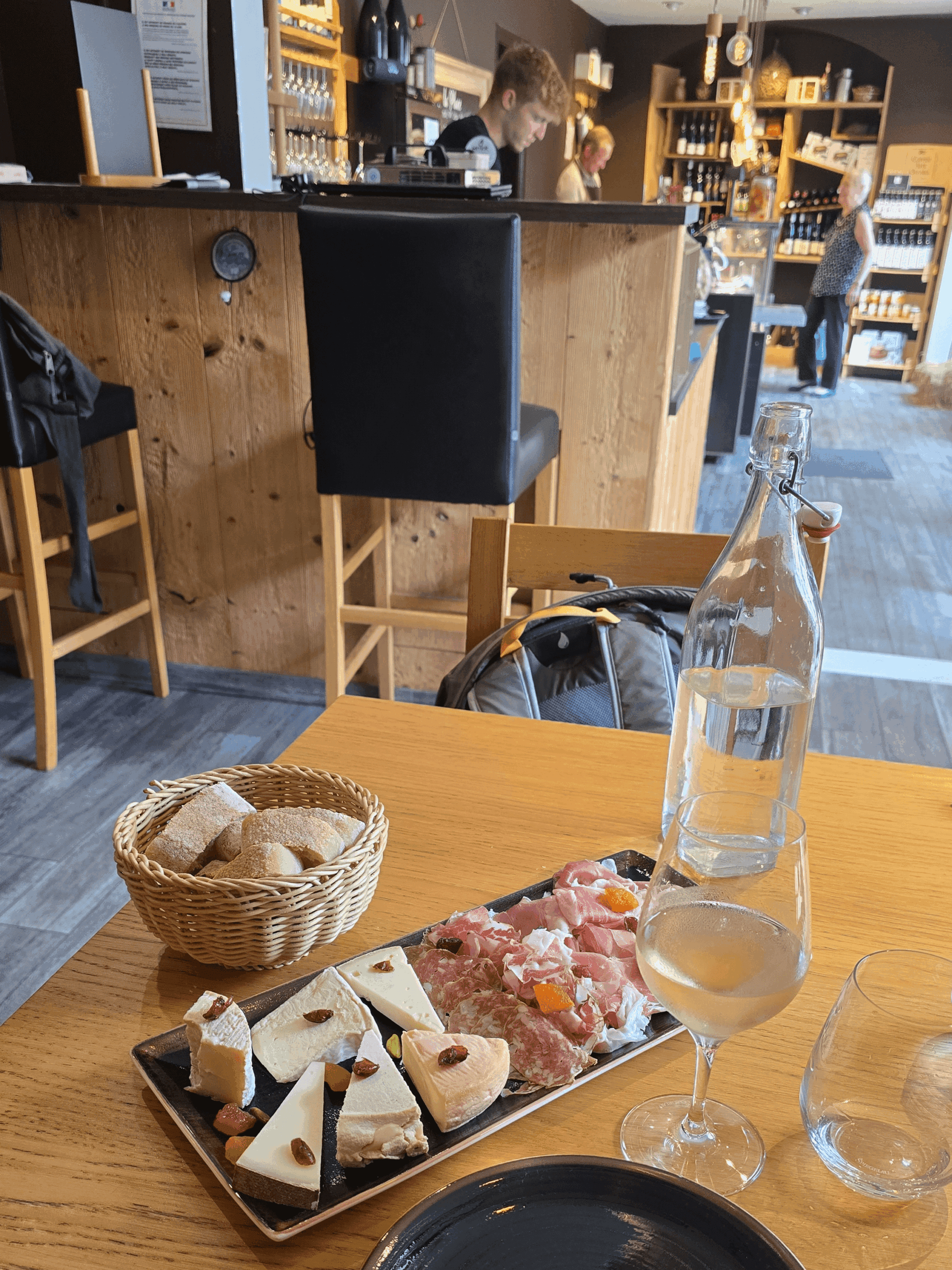
Riquewihr
Two Grand Cru, Schoenenbourg and Sporen. Perhaps best known are Dopff and Hugel, but there are also many other producers here.
Rating: 👨🏻🌾👨🏻🌾👨🏻🌾
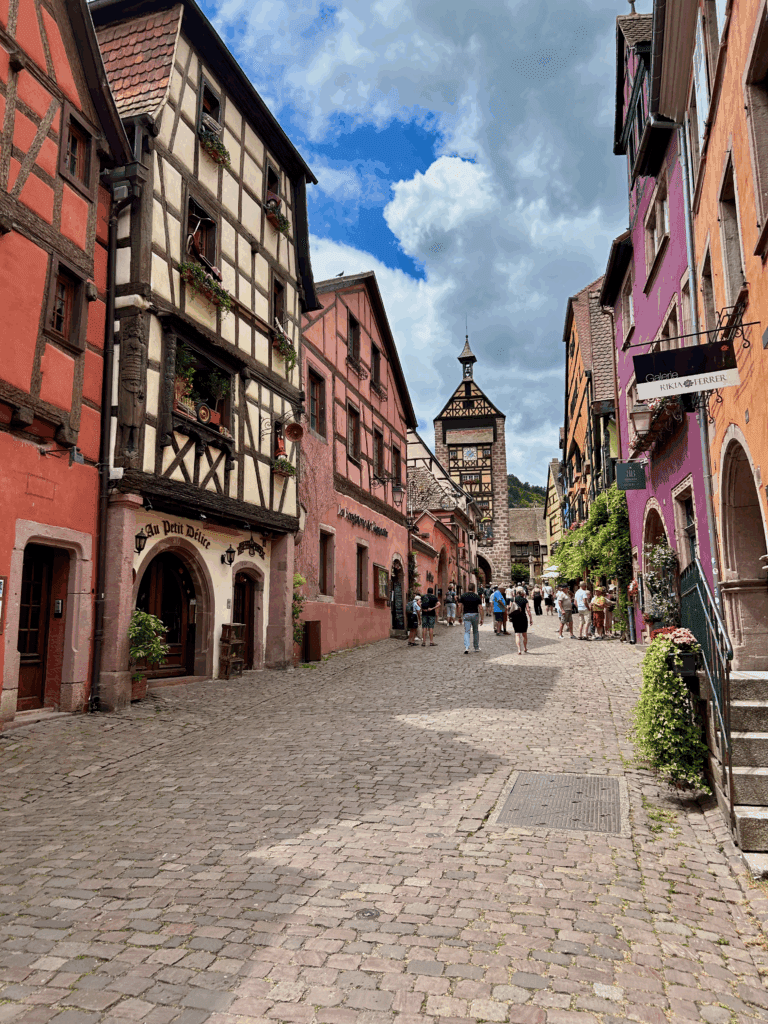
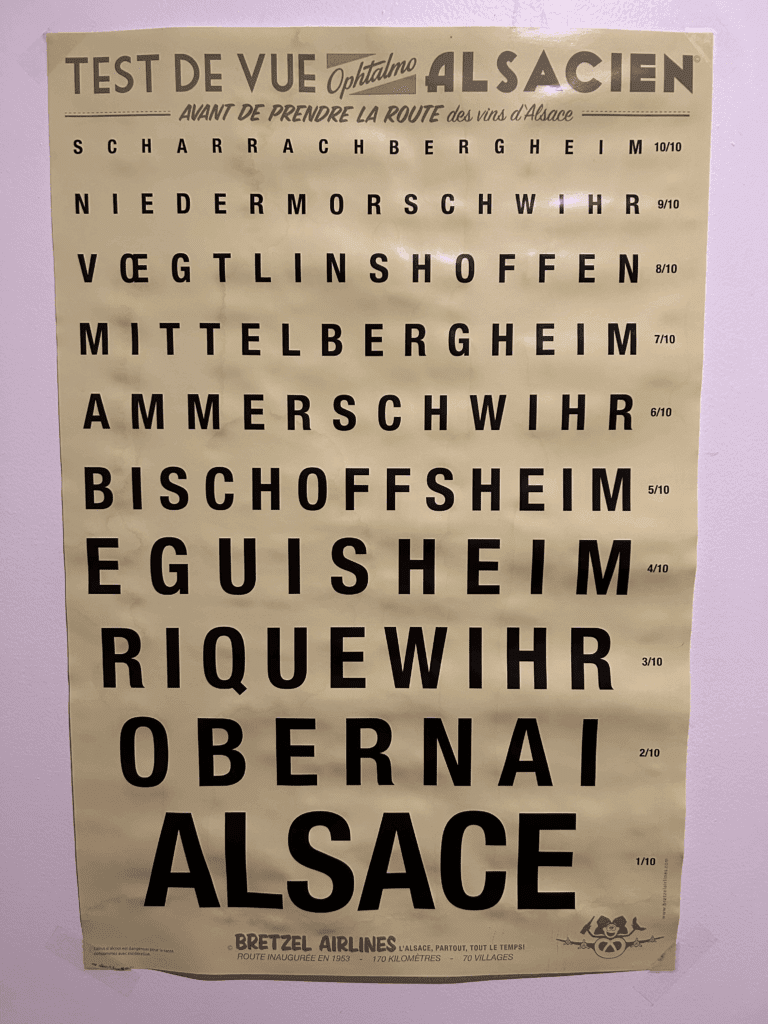
Wettolsheim
Three Grand Cru, Pfersigberg, Hengst and Steingrubler. Only the last one is unique to Wettolsheim, the other two are shared with neighbouring villages. Got an extra "pawn" for the fantastic tasting at Schoepfer that we got during our visit. Albert Mann, Barmes-Buecher, Wunch & Mann, François et Philippe Ehrhart and Jean-Louis Schoepfer are the most recognised winemakers in the village.
Rating: 👨🏻🌾👨🏻🌾+👨🏻🌾

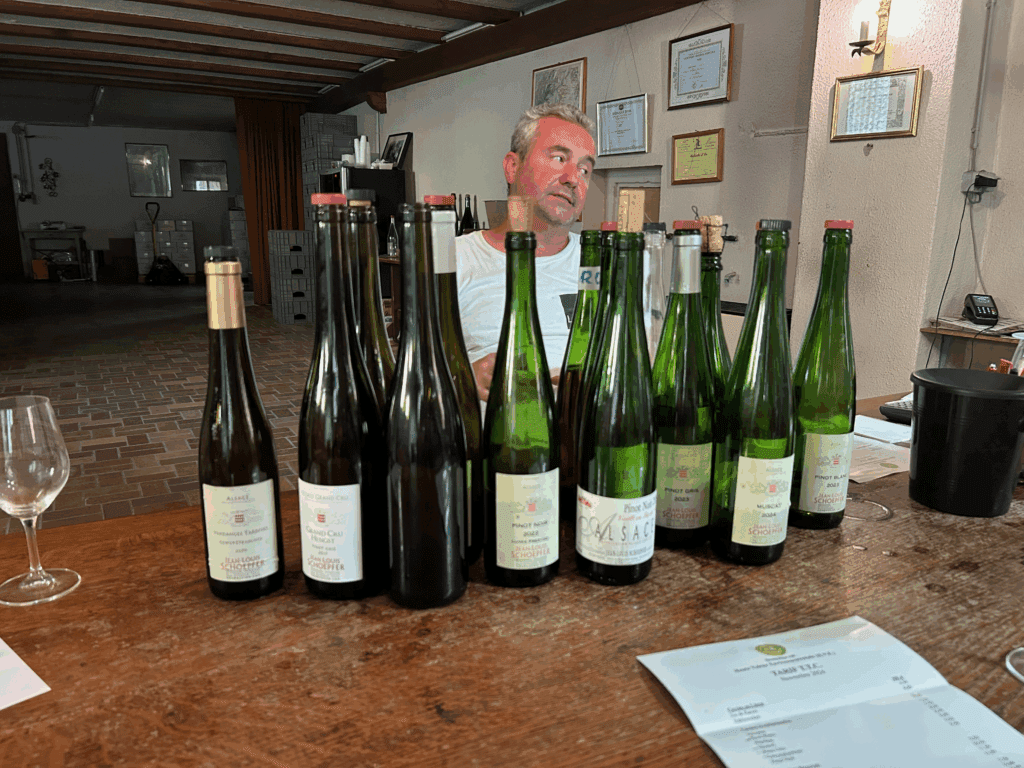
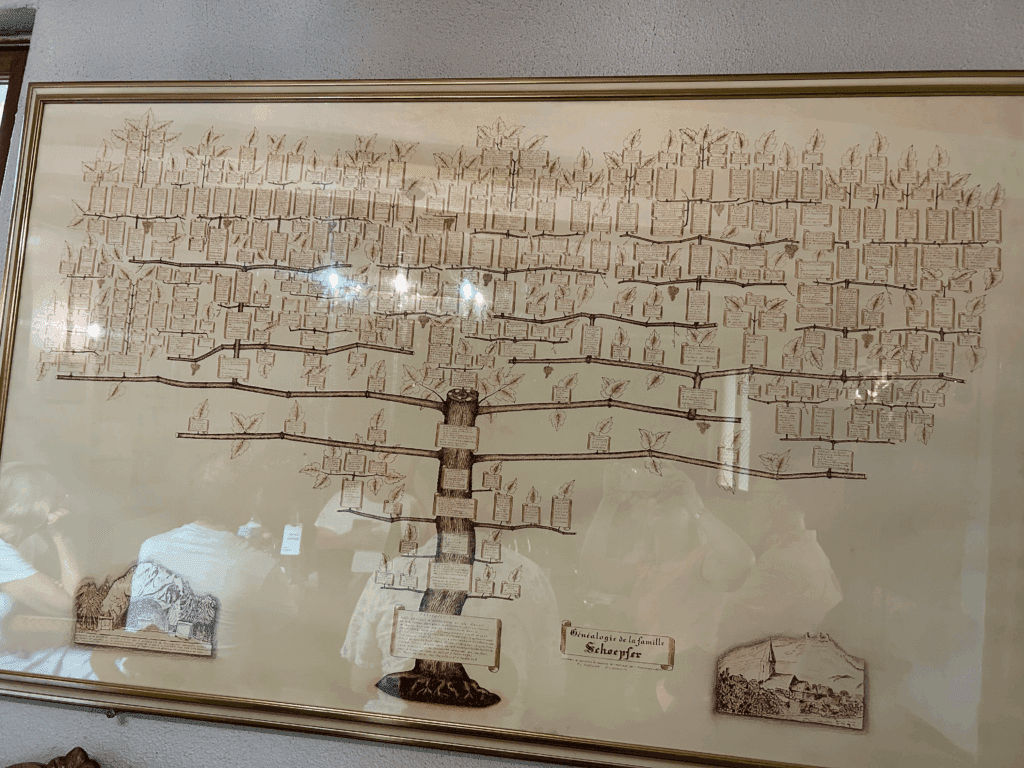
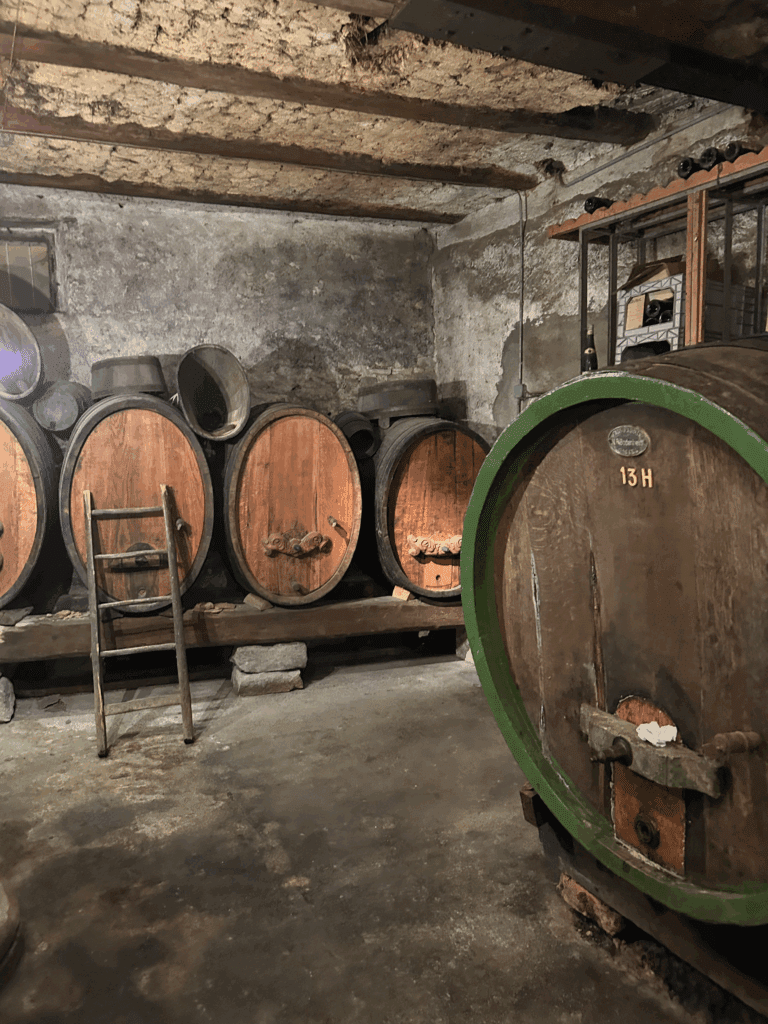
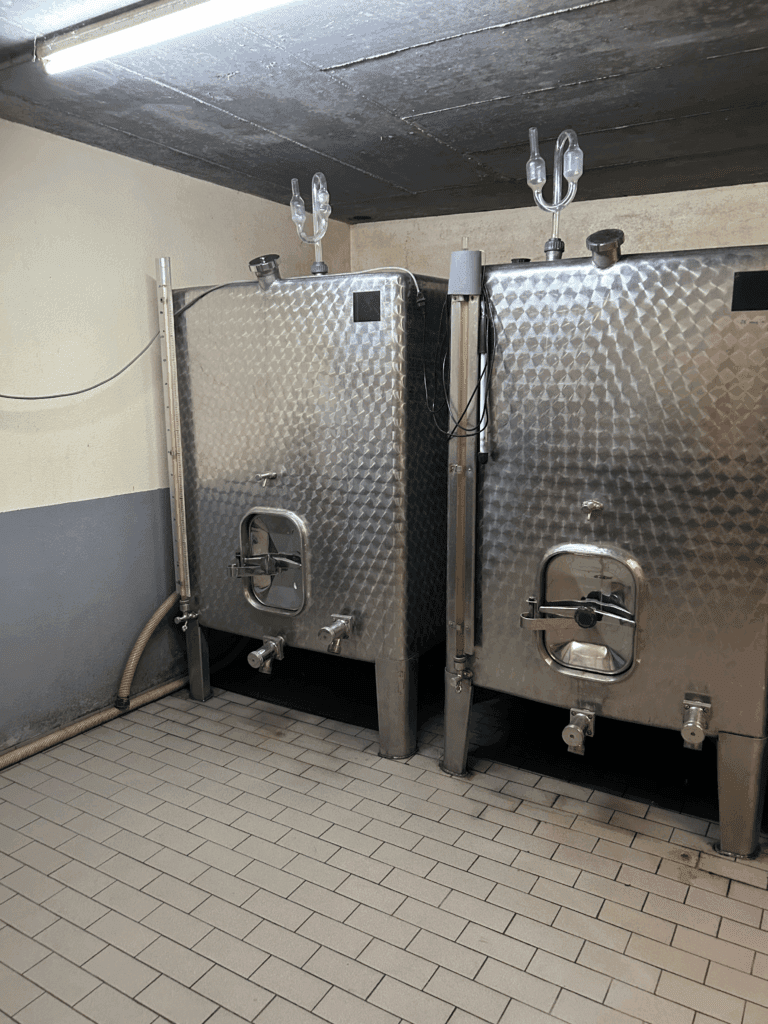
Our best advice
In addition to all the tips on villages, we would like to give one last piece of advice that we ourselves try to live by. When you're out on a wine tour, you sometimes get a bit of a feeling, which can result in purchases that are more expensive than you intended. When you get home, you're waiting for the perfect opportunity to try out your exclusive purchase. Our advice is not to wait, but to enjoy what you buy when you feel like it. Collecting wines is great fun, but there's no point if your purchases are just sitting around gathering dust. Also remember that the perfect occasion doesn't necessarily have to be the 60th birthday party or the silver wedding, but can just as well be an ordinary summer evening in Säffle... 😉
